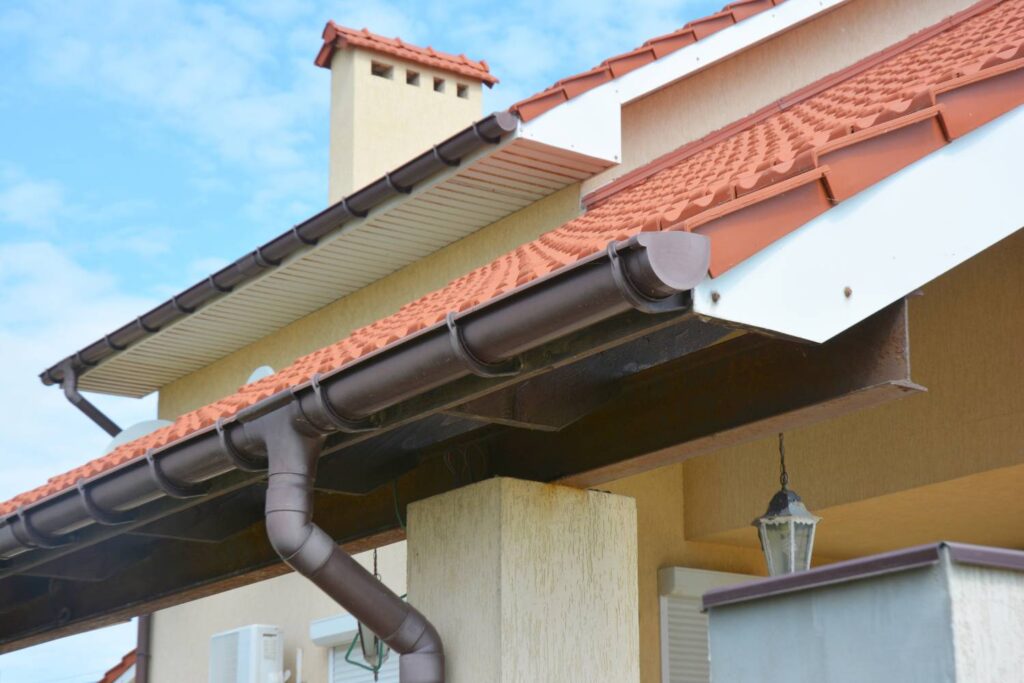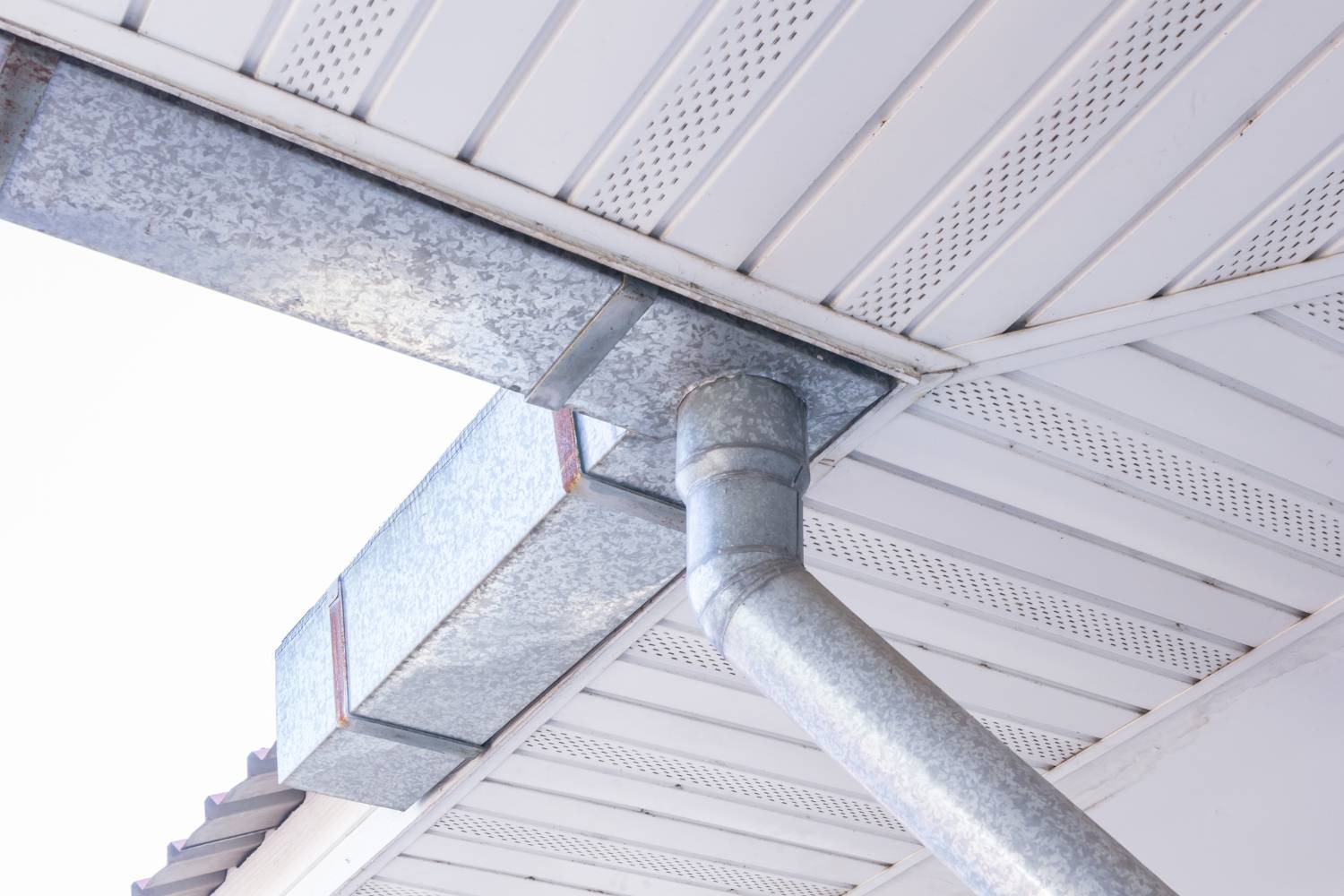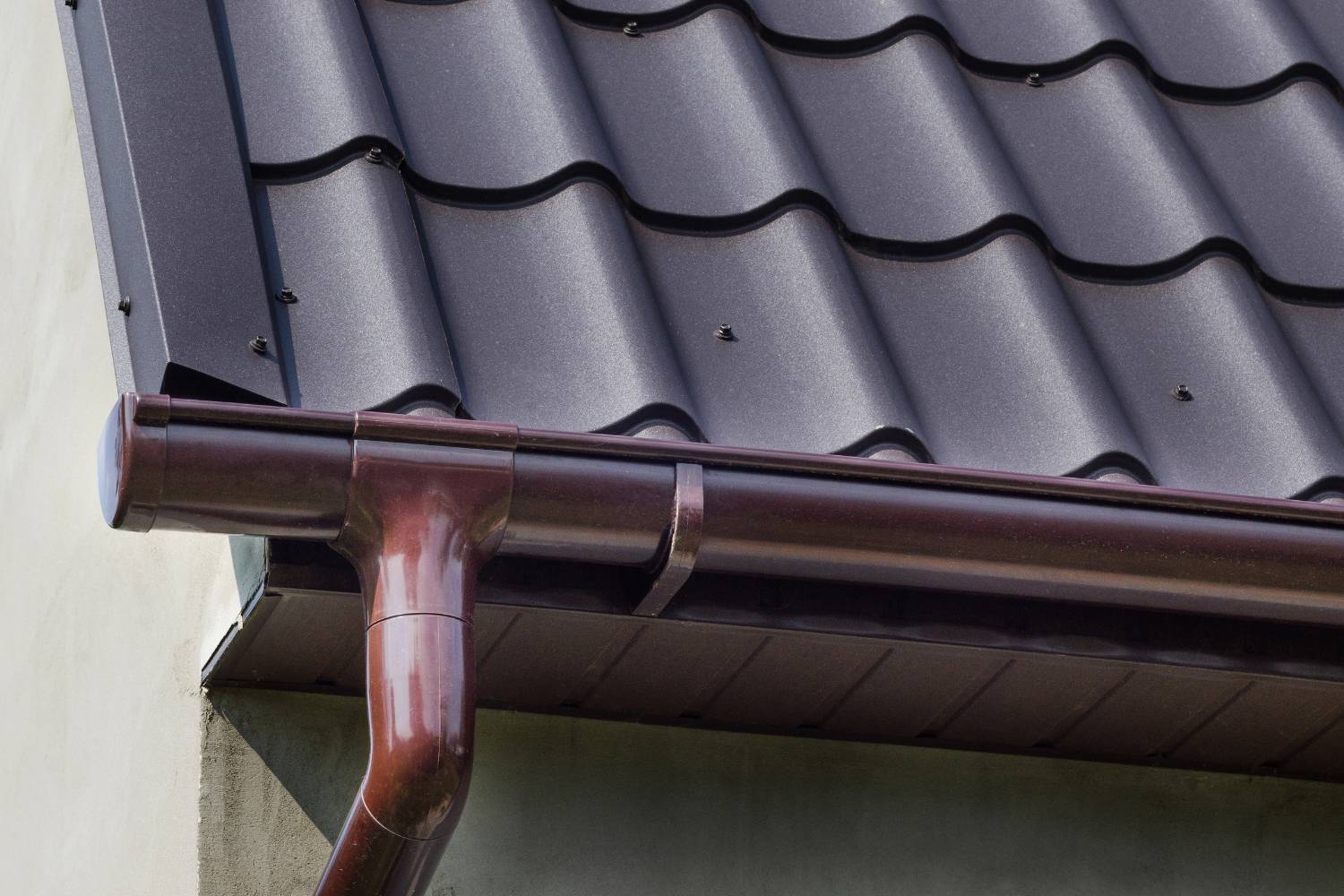Installing gutters is an essential task for maintaining the integrity of your home. Proper installation ensures that rainwater is effectively directed away from your foundation, preventing soil erosion, basement leaks, and siding damage. This comprehensive guide will help you understand how to connect gutter sections together, ensuring a durable and efficient gutter system for your home.
Materials and Tools Needed
Proper preparation and the right tools and materials are crucial for a successful gutter installation. Following the outlined steps will ensure your gutters are securely installed, protecting your home from water damage.
By following this guide and using the listed tools and materials, you can confidently install or replace your gutters, ensuring your home remains protected from water damage and other related issues.
Installing gutters is a critical task for maintaining the integrity of your home. Proper installation ensures that rainwater is effectively directed away from the foundation, preventing soil erosion, basement leaks, and siding damage. This guide provides a comprehensive list of materials and tools required for installing or replacing gutters, ensuring a successful and efficient project.
Tools Needed
- Extension Ladder: Essential for reaching high areas safely.
- Cordless Drill: For drilling holes and driving screws.
- Crimper: Used to crimp the ends of the gutters to secure end caps and outlets.
- Tin Snips: For cutting the gutters to the desired length.
- Hacksaw: Useful for cutting downspouts and other metal components.
- Pop Rivet Gun: For securing joints with rivets.
- Tape Measure: To measure lengths accurately.
- Chalk Line: To mark the slope line on the fascia.
- Hammer: For general tasks.
- Level: To ensure the correct slope and alignment.
- Safety Glasses: Protect your eyes during cutting and drilling.
- Caulk Gun: For applying gutter sealant.
- Twist Drill Bits: Various sizes for different drilling needs.
Materials Needed
- Gutters: These are available in various materials, such as PVC, aluminium, and vinyl.
- Gutter Sealant: To seal joints and prevent leaks.
- Downspouts and Elbows: Directs water from the gutters to the ground.
- Gutter End Caps: Closes off the ends of the gutter runs.
- Rivets: 1/8-inch medium-length rivets for securing joints.
- Screws: 1/4-inch hex head screws and one 1/4-inch self-tapping screws for mounting brackets.
- Gutter Flashing: Prevents water from seeping behind the gutter.
- Gutter Hanging Straps: Provide additional support to the gutters.
- Fascia Brackets: Secures the gutter to the fascia board.
- Silicone Caulk: For sealing joints and end caps.
- Downspout U-Brackets: These are for attaching downspouts to the house.
- Drainpipe Extensions: Carries water away from the foundation.
Safety Considerations
When working with ladders, it's crucial to prioritise safety. Ensure that the ladder is placed on stable ground to prevent any risk of tipping over. It's also advisable to have someone nearby as a spotter for added safety.
Protective gear is essential to minimise risks. Wear safety glasses and gloves to shield yourself from debris and sharp edges, which are common hazards during gutter installation.
Consider weather conditions carefully before starting work. Avoid installing gutters during rainy or windy weather to prevent accidents and ensure a safer working environment.
Common Mistakes to Avoid
Proper gutter installation involves more than just attaching them to your roof. Attention to detail in placement, material selection, size, pitch, hanger spacing, and downspout positioning is crucial. Avoiding these common mistakes will ensure a durable, efficient gutter system that protects your home from water damage.
By understanding and avoiding these common installation errors, you can ensure your gutters provide optimal protection for your home. Whether you choose to install the gutters yourself or hire a professional, attention to these details will make all the difference in the performance and longevity of your gutter system.
Installing gutters may seem straightforward, but there are numerous pitfalls that can compromise the efficiency of your rainwater drainage system. Avoiding these common mistakes will ensure that your gutters function correctly, protecting your home from water damage. Here are some key errors to watch out for during gutter installation.
Ensuring effective water drainage from your roof involves several critical considerations. Firstly, proper placement of gutters and downspouts is crucial. Misplaced downspouts can lead to issues such as standing water, overflow, soil erosion, insect infestations, and potential damage to your home's foundation and siding. Gutters should be installed under or behind the roof's drip edge to guide water into them effectively and prevent wood rot caused by water dripping behind the gutter.
Choosing the right type of gutter is equally important. Factors such as material, size, gauge, and shape should align with your home's specific needs in terms of rainfall, roof size, and architectural style. For instance, while aluminium gutters are affordable and durable, copper gutters offer superior longevity despite being pricier.
Opting for cheaper materials may seem cost-effective initially but can lead to higher expenses over time due to frequent repairs or replacements. Investing in high-quality materials ensures durability and effectiveness, saving you money and hassle in the long term.
The gutter size directly impacts performance. Too-small gutters can't handle heavy rainfall, causing overflow and potential damage. Consider factors like average rainfall in your area and roof size when selecting a gutter size, typically ranging from 5 to 6 inches for most homes.
A proper gutter pitch is crucial for directing water toward downspouts. A slope of one-quarter inch per 10 feet of gutter is recommended to prevent both overflow from steep pitches and pooling from insufficient slopes.
Ensuring adequate hanger spacing is vital to prevent gutter sagging, especially in colder climates where snow and ice add weight. Hangers should be spaced no more than 2 feet apart to support the gutter system effectively.
Minimising seams in the gutter system reduces weak points that are prone to leaks. Seamless gutters, custom-made to fit your home, are ideal to enhance durability and effectiveness, although seams at ends and corners are inevitable.
Handle gutters with care during installation, especially aluminium ones prone to damage. Professional installation minimises the risk of dents and bends that could impact both performance and appearance.
Lastly, proper downspout placement directs water away from the foundation, preventing overflow and potential foundation damage. Downspouts should ideally divert water at least 8-10 feet away from the foundation to ensure effective drainage.
By addressing these considerations, you can ensure a durable and effective gutter system that protects your home from water damage effectively over time.
Maintenance Tips for Connected Gutters
Regular maintenance of your connected gutters is essential for preventing water damage and prolonging their lifespan. By following these tips, you can ensure your gutters remain in good condition and continue to protect your home efficiently.
By adhering to these maintenance practices, you'll keep your gutters functioning optimally, safeguarding your home from water damage and avoiding costly repairs.
Maintaining your connected gutters is crucial for ensuring they effectively protect your home from water damage. Proper maintenance extends the lifespan of your gutter system and prevents costly repairs. Here are some essential tips to keep your gutters in top condition.
To ensure your gutter system functions effectively and safely over time, follow these key practices:
- Begin with Safety: Always prioritise safety before undertaking any maintenance. Equip yourself with heavy-duty work gloves, non-slip shoes, and safety goggles. Place your ladder on a stable, flat surface and have someone stabilise it. Avoid working on the topmost ladder steps, and steer clear of power lines and adverse weather conditions.
- Regular Cleaning: Cleaning your gutters at least twice annually, particularly in spring and fall, is crucial to prevent clogs. In heavily treed areas, more frequent cleaning may be necessary. Remove debris by hand or with a plastic shovel, using a bucket for collection. Flush the remaining dirt with a garden hose equipped with a spray nozzle. Address any downspout blockages promptly with a high-pressure hose or plumber's snake.
- Inspect for Damage: After cleaning, inspect gutters for rust, leaks, and holes. Repair large holes with metal flashing or a patching kit, and seal smaller ones with caulk. Apply sealant to leaking joints and consider replacing extensively rusted sections with materials like aluminium or vinyl.
- Maintain the Roof: Regularly clear your roof of debris to prevent gutter clogging. Avoid roof work during inclement weather and hazardous conditions.
- Ensure Downspout Functionality: Verify downspouts are clear of obstructions and extend several feet away from your home's foundation. Install extensions if necessary to divert water away effectively.
- Manage Pests: Regularly check for signs of pests in gutters and remove any nests promptly. For severe infestations, seek professional pest control assistance.
- Install Gutter Guards: Consider using gutter guards or covers to minimise debris accumulation. Various types, such as Gutter Helmets and Helmet Covers, can effectively prevent large debris buildup while allowing water flow. Regularly inspect and clean guards to maintain optimal functionality.
- Verify Gutter Positioning: Ensure gutters are properly pitched to facilitate water flow towards downspouts. Adjust the slope as needed to prevent water pooling.
- Professional Assistance: If uncomfortable with maintenance tasks or if your home is multi-story, consider hiring professionals with expertise and tools to clean and inspect gutters safely and efficiently.
Conclusion
Connecting gutter sections together is a crucial step in ensuring a functional and efficient rainwater drainage system for your home. Proper installation helps prevent water damage, soil erosion, basement leaks, and siding damage, thereby maintaining the integrity of your house. This comprehensive guide has provided you with the necessary materials, tools, and step-by-step instructions to successfully connect gutter sections, whether they are metal or vinyl or require welding, adhesive materials, or connectors.
By following the outlined methods and safety tips, you can confidently install or replace your gutters, ensuring they are secure and watertight. Avoiding common installation mistakes and adhering to regular maintenance practices will prolong the lifespan of your gutter system and protect your home from water damage. Whether you opt for a DIY approach or hire a professional, attention to detail and proper preparation are key to a successful gutter installation project.
Remember, well-maintained gutters not only safeguard your home but also enhance its overall appearance. By investing time and effort into connecting your gutter sections properly, you are taking an important step towards preserving the structural integrity and aesthetic appeal of your home.
Frequently Asked Questions
Essential tools for connecting gutter sections include an extension ladder, cordless drill, crimper, tin snips, hacksaw, pop rivet gun, tape measure, chalk line, hammer, level, safety glasses, caulk gun, and various twist drill bits.
To ensure a watertight seal, overlap the gutter sections by at least 4 inches, apply a generous amount of gutter sealant where the pieces overlap, and secure the sections with pop rivets or sheet metal screws.
While it's generally recommended to use the same material for consistency and durability, you can connect different types of gutter materials using specialised connectors or adapters designed for the specific materials.
Key safety precautions include ensuring the ladder is on stable ground, having a spotter, wearing safety glasses and gloves, and avoiding installation during rain or high winds. Always use non-slip shoes and avoid working near power lines.
Gutters should be inspected and maintained at least twice a year, typically in the spring and fall. Regular maintenance includes cleaning out debris, checking for damage, ensuring proper alignment, and verifying that downspouts are clear and extend away from the foundation.


